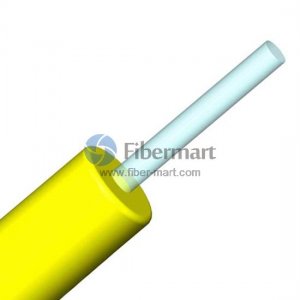UNDERSEA CABLE, THE INTERNETS BACKBONE
How it works
Rarely do we sit back a truly appreciate the tremendous effort that has been made in order to achieve what seems so simple on the surface. As we flick though the latest fashion posts on our tablets, read email reports on our laptops at the local coffee shop, we really don’t give much though to how that information got there and the daily challenges faced by many to bring us this convenience. Let’s dive in shall we?
Undersea or submarine cable is essentially the backbone of the internet and what allows countries and continents to share information between one another. While satellite communications are highly effective it is simply more reliable and cost effective to make use of fiber optic undersea cables. This is not to say that undersea cable is cheap by any stretch of the imagination.
Submarine cable is placed on the sea bed between land based stations in order to convey signals across the ocean. With the first communication cables being laid as early as the 1850’s for use in telegraphy. Later on these cables would advance in order to make use of modern fiber optic and carry digital data including telephony and the internet.
Typical modern undersea cables are far larger than fiber cable used in everyday land use. They are usually around 25 mm (0.98 in) in diameter and have a tremendous weight of around 1.4 kg per meter (0.4 lb/ft), although much larger and heavier ones are in use around shallower areas and nearer to shore.
How is it Laid?
The cables are laid gently on the ocean floor by specifically designed ships and in most cases remain submerged due to their weight. The cables are designed with an average life-span of 25 years, this however does not mean they are immune to breakages prior to this. There are a number of reasons a cable can fail including anything from simple degradation to shifts in the ocean floor. This of course means that repairs will be required and this in turn requires specialized equipment and specially trained personnel to carry out the work.
Repairing Undersea Cable

Should there be an issue with a submarine cable it must be raised to the water surface and worked on from there. It is a fairly complex operation in which a cable repair ship will be dispatched to the location and the deploy a marker buoy near the break. Once there the cable will be grappled off the ocean floor and raised in order to begin repairs, various types of grapples are used depending primarily on the conditions of the ocean floor. Cable repair can be both a lengthy and dangerous for all involved with work crews having to often postpone repairs due to inclement weather conditions, regardless of the state of repair they where currently in. Once splicing of the cable has taken place the repaired cable will be returned to the seabed , the repaired cable will be longer than the original, so the excess is deliberately laid in a ‘U’ shape on the ocean floor. This is done in the hopes of preventing future damage to the cable.
Final Thoughts
Connecting the world is far from simple and very, very expensive, so next time your cruising the internet super highway give some thought to the technologies that enable you to send that email, share that photo of your lunch or pay for that designer dress in Milan.
